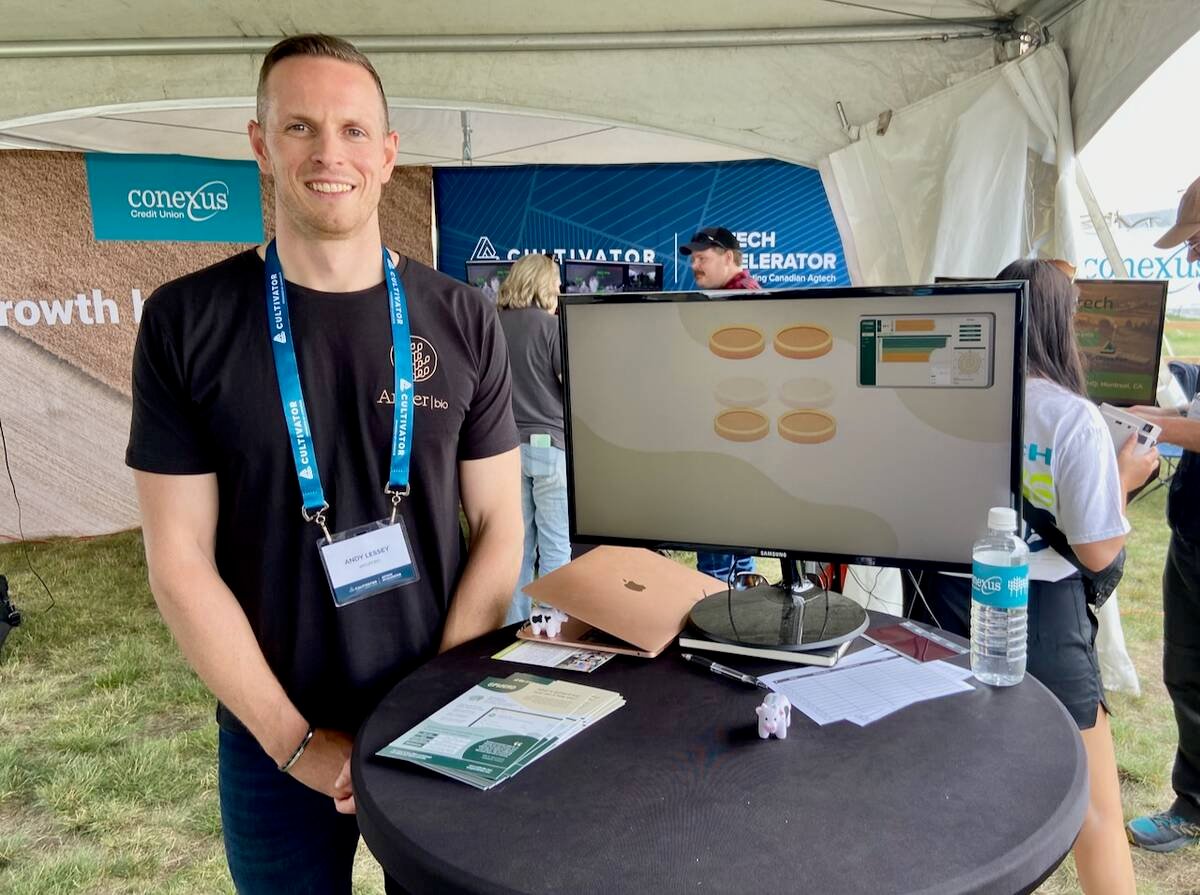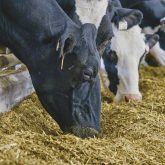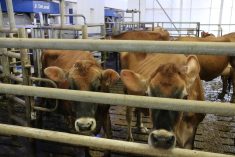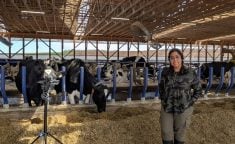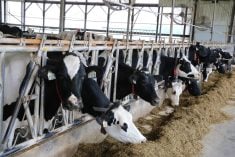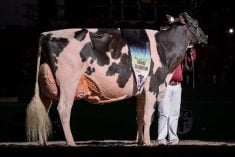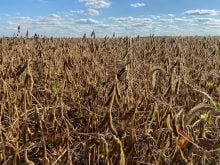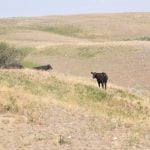Farmers know that many of their cows don’t reach their genetic potential, but a British company wants to give them the data to know why.
Antler Bio uses a blood test from a sample of cows in a herd to evaluate the epigenetic influences on the herd’s performance through its EpiHerd software.
Why it matters: A better understanding of why animals don’t reach their genetic potential can help identify necessary management changes for improvement.
Antler Bio was at the 2025 Ag in Motion farm show in Saskatchewan this summer as part of the Cultivator by Conexus display. Cultivator is a Saskatchewan-based technology accelerator that has a partnership with InnovateUK to include some British tech companies as part of its cohorts.
Andy Lessey, chief operating officer of Antler Bio says epigenetics is “how all living things, from ourselves to dairy cows to bacteria and viruses, essentially respond to their environment.”
He uses the example of an athlete who wouldn’t reach their top potential without an optimum diet and training.
“Whereas genomics looks at the DNA blueprint of an animal and the potential of a dairy cow to produce milk and perform, we’re looking at essentially how active those genetics are and how they interact with the environment,” he said.
About 10 per cent of a dairy herd is tested using blood samples captured annually by the farm’s veterinarian. The company identifies 22,000 metabolites in those blood samples to evaluate management practices on the farm.
Farmers get their reports through the company’s EpiHerd user interface about four weeks after Antler Bio receives the blood samples.
The company is “essentially giving farmers insights and recommendations on how they can optimize diet infrastructure, animal husbandry and health in order to make those animals perform at their peak.”
The company looks at 22,000 biomarkers in the blood of cows, which are then evaluated by artificial intelligence to come up with recommendations for farmers.
The biomarkers can tell how the cows are responding to their environment, including what sort of stress they are under, whether they have an infection and any nutritional deficiencies.
“It’s the cow telling us what it is that they need in order to be able to perform their peak. So it’s very much a precision-tailored technology, to individual animals,” Lessey says.
Farmers don’t have to spend time evaluating the biomarkers as they get reports that recommend actions to take on the farm, based on what the company knows about that farm. Each farm supplies herd health, nutrition and performance data in order that the recommendations can be made.
Lessey says farmers have changed macronutrients in their cows’ diets, such as the amount of fibre and energy in the ration and micronutrients, such as vitamins and minerals, based on their reports.
Hygiene, ventilation and light levels have also been changed on some farms. He says the goal isn’t to direct farmers how to farm, but to augment the decision-making process for the farmers and their team of consultants.
The system is in place on about 100 farms in Europe, and the company is looking for its first collaborators in Canada. Lessey says Antler Bio works on a multi-year subscription model and they are eager to work with farms long-term.
The technology was first used for race horses, when some race horse owners wanted to find out why some horse won races and other genetically similar siblings could not.


